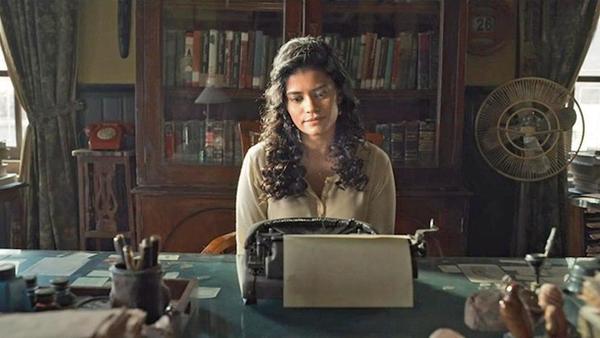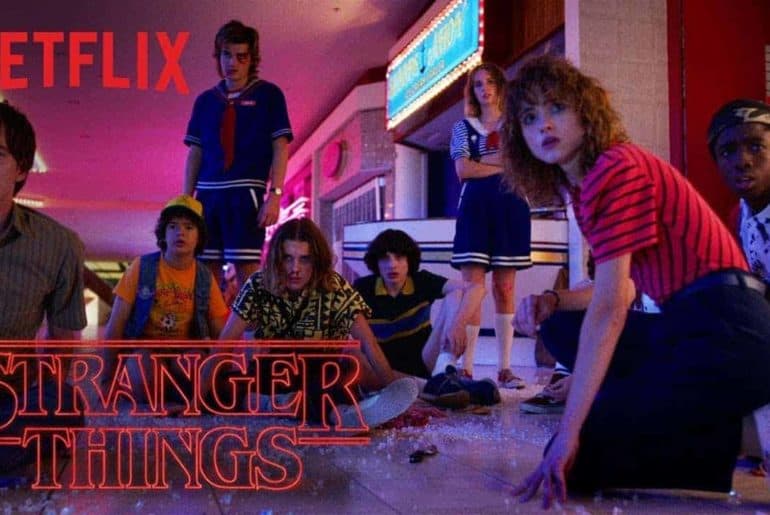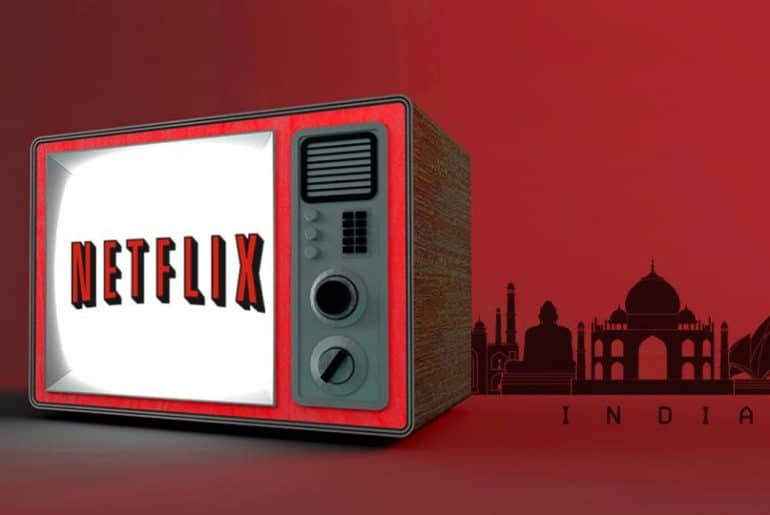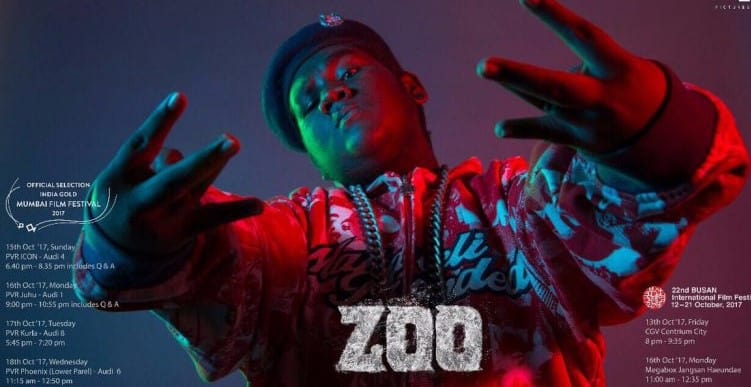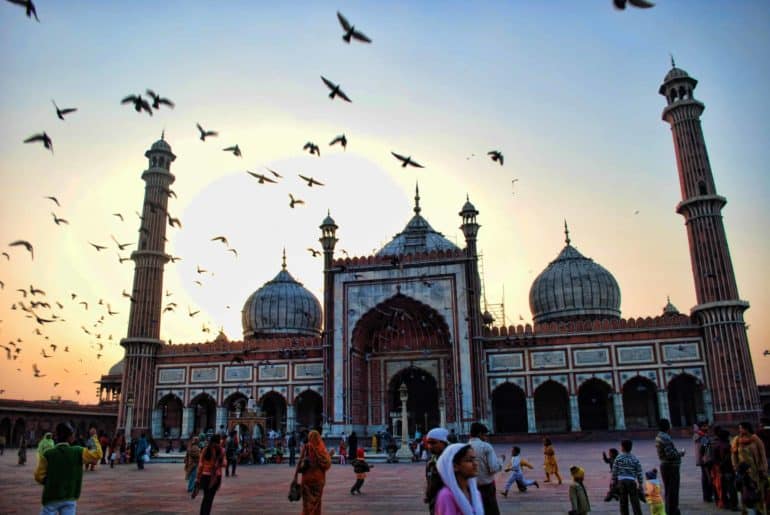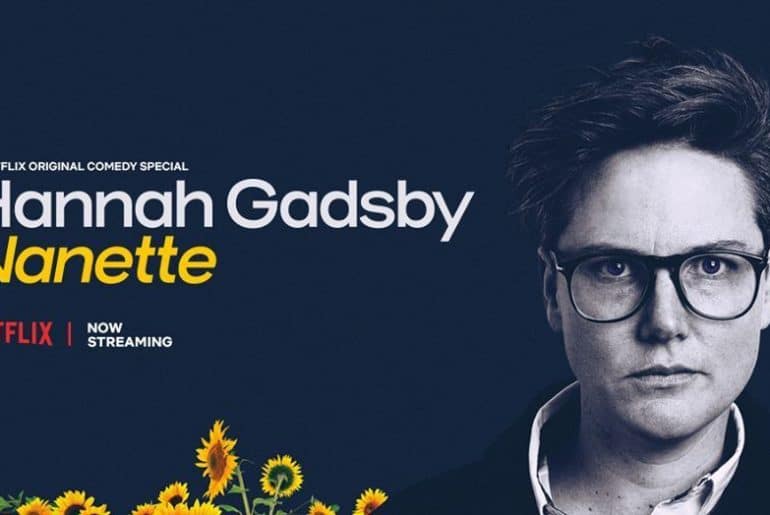When the story unravels, a new episode comes out, your favourite actor plays the character, often the best of us make the wrong judgement and internalise these problematic characters from our favourite movies and TV Series. Here is a piece deconstructing and splitting the problematic image of the character away from the actor.
A tragic past, a bright mind or a great sense of humour are a few of the many things that blind us when it comes to characters from one’s favourite TV shows, series or novels. They are highly relevant to the story; their charming grin or the caring attitude almost makes one forget their problematic behaviour. The constant reaffirmations that they receive from the other characters of the show help hide their sexist, condescending or manipulative behaviour. It then becomes extremely important to question one’s love for the character and see them with a fresh and woke perspective. Here is a list of how the behaviours of some of the most popular characters are the most problematic ones.
- Barney Stinson, How I Met Your Mother
Barney Stinson is probably one of the most loved characters of the series. He’s charming and quirky. His bro-code and tricks almost make him too likeable. However, it must not be forgotten that he was a sex-obsessed womaniser who treated women like objects, who tricked and mislead them into sleeping with him. Even when he and Robin (another character from the show and his wife later on) were together he lied to her under the guise of good intentions and romantic gestures. It’s amazing he didn’t have multiple rape charges against him.
- Carrie Bradshaw, Sex and the City
The leading character of Sex and the City was a selfish, manipulative and condescending friend. However, her writing the edgy fashion column makes us love her so much. The entire series revolve around four independent women in New York City and their strong friendship, however when her friends tell her about intimate and celebratory events in their life like pregnancy, miscarriage or cancer, she somehow made the situation about herself. Let’s not even get started on how badly she treated Aidan when he forgave her again and again.
- Chuck Bass, Gossip Girl
The tragic past of Chuck Bass and the pseudo-character development shown by the writers perfectly hide the fact, that Chuck Bass was a rapist. The worst part is that he’s marketed to young girls as a “hot bad-boy type” and we all bought into it.
In the episode premier, he first tries to force himself on his drunk friend, Serena and then on a 14-year old freshman, Jenny. He even calls Serena a “slut” for stopping him to molest Jenny.
Chuck Bass is womaniser, who treats women like trophies and all that matters to him is the chase. He takes Blair’s virginity in the back of a limo mere hours after she breaks up with his best friend. However, he’s always saved by how Blair appreciates him and eggs him on.
Are we supposed to believe that Chuck was just going around assaulting women because he hadn’t yet found the right one? That he just needed someone who could challenge him, and he would see the error of his ways?
- Ezra Fitz, Pretty Little Liars
When you think about it, it’s gross how he’s celebrated as a great writer and literature professor and so justified for having an affair with his student, a minor.
His vocabulary and grammar syntax act as a perfect medium to hide how he acts all innocent dating a teenage girl. He never once shows remorse for his actions and expects to be appreciated for his epic love story and blames everyone else who finds a problem with his affair.
- Edward Cullen, Twilight
The dream man of all teenage girl is well very problematic. The guy wanted to possess his girlfriend and control every aspect of her life. Few of the things you might’ve ignored were, the idea that Edward was initially attracted to Bella because he wanted to bite her, his teenage mood swings and how scares Bella to woo her. Not romantic, but creepy how he watches Bella while sleeping when he barely knew her. He follows her everywhere around and underestimates her in every situation. One must realise that love is not supposed to be a prison with your partner as the guard, isolating you from everyone else in the world.
- Patty Bladell, Insatiable
All the characters are problematic as hell, but she is on another level. She tried to break up the marriage of her coach who was 20 years older to her and was the father of her crush. She kidnapped a girl, exposed a gay relationship, killed a guy, and when she had a teratoma she thought she’d eaten her twin. She was not some girl we pity for being bullied — she literally destroyed the lives of everyone around her.
- Ross Geller, Friends
Ross Geller coming from the beloved show Friends often is saved because of the love he receives on screen from all the other cast members. If seen in a different way perspective, here are few things he has done. He lied to Rachel about getting their marriage annulled, for his own satisfaction. He tried to kiss his own cousin, and said, “she wants the same things you do” just because she requested to open a bottle of wine. Not only this, he’s extremely dismissive of Rachel’s career and in the last few episodes even convinced her to give up on a great opportunity. It’s ironical how his pervert nature of making his and Rachel’s sex tape without her consent, is applauded by his friends to act as an evidence. He doesn’t value consent, and feels that Rachel being naked is an invitation to him for sex. He’s a jerk who made us internalise “she was asking for it”.
With this article, there’s a hope we become more receptive to the kind of content we receive and consume. Let’s call out what’s wrong and problematic. We’ve had enough jokes on the identities of people.
It’s time to make everyone aware.
Stay woke, friends!
Feature Image Credits: What Would Bale Do
Chhavi Bahmba



